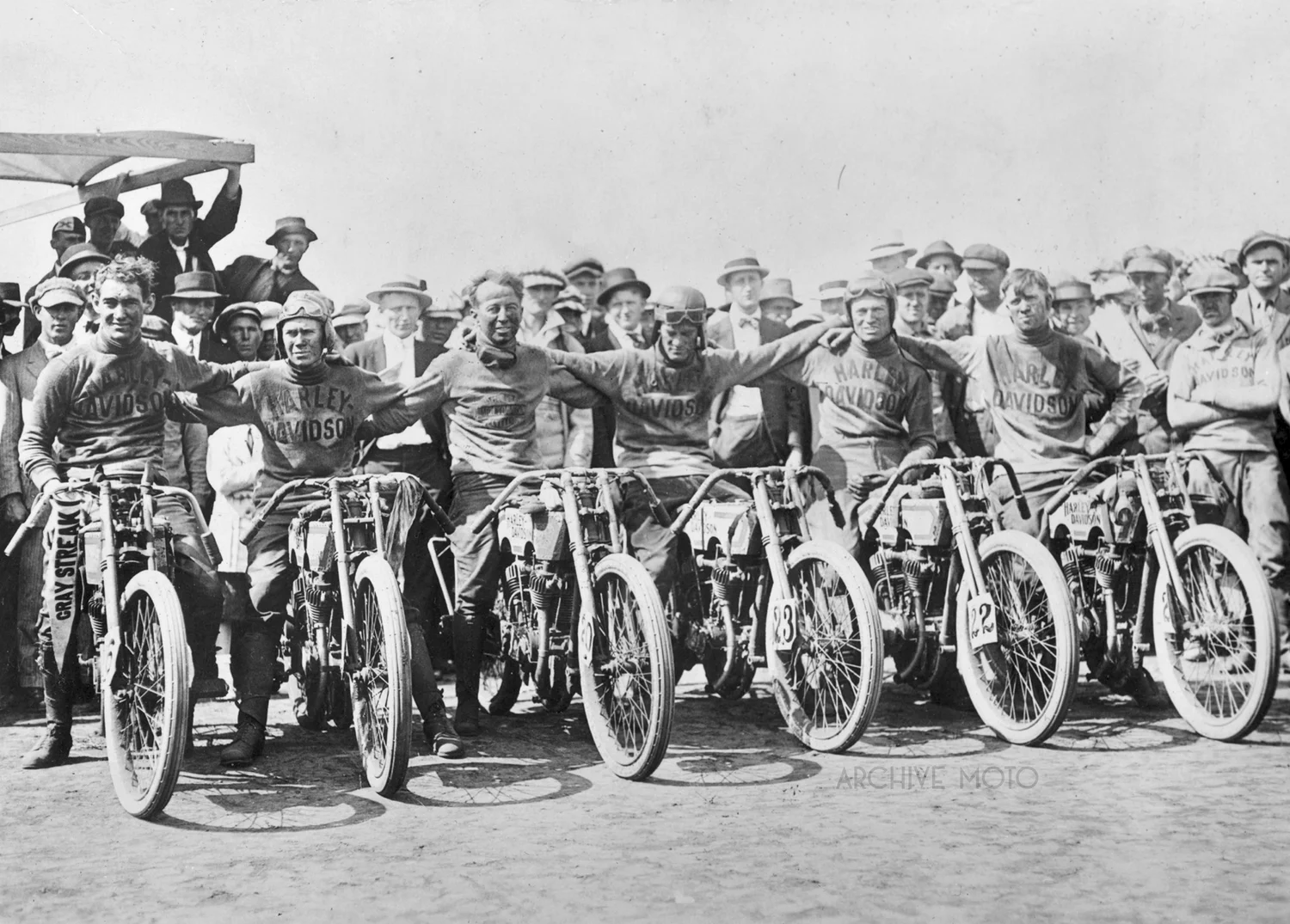The Emblem Manufacturing Company, makers of motorcycles by the same name is yet another of the countless forgotten motorcycle brands of the initial production boom at the beginning of the 20th century. Emblem began production in 1907, the very same year as the incorporation of the now omnipresent Harley-Davidson Motor Company, but unlike America’s most recognizable motorcycle brand Emblem has been left all but forgotten in the margins of American motorcycle history.
Emblem motorcycles were manufactured just outside of Buffalo, NY in the town of Angola between 1907 and 1925, however the company ceased American distribution in 1917. Emblem also fielded a race team, though the factory works racers were more stripped stock machines than specifically engineered racing motorcycles. However the team, which was led by the talented Lee S. Taylor was able to produce a few notable accomplishments along the way including a record 35 hour run between New York and Chicago set by team member Maurice E. Gale in 1910, and Lee Taylor’s 100-mile record for a belt driven single averaging 48.7 mph in 1912.
Here is the Emblem factory team captured at the FAM Championship races held at the Fort Erie dirt track, July 14th and 15th, 1911. Team captain Lee Taylor found the highest point on the podium placing 2nd in the 10-mile stripped stock twin class event, and a handful of 3rd place finishes were split between him and Frank Valiant, but the Emblem boys couldn’t seem to break the typical domination of the Indian team. Unfortunately, I cannot identify the gentleman on the far right in the CMC jersey (which is driving me crazy), but the remaining gentlemen, left to right are Maurice E. Gale, Lee S. Taylor, and Frank L. Valiant posing behind one of the factory twin racers.







